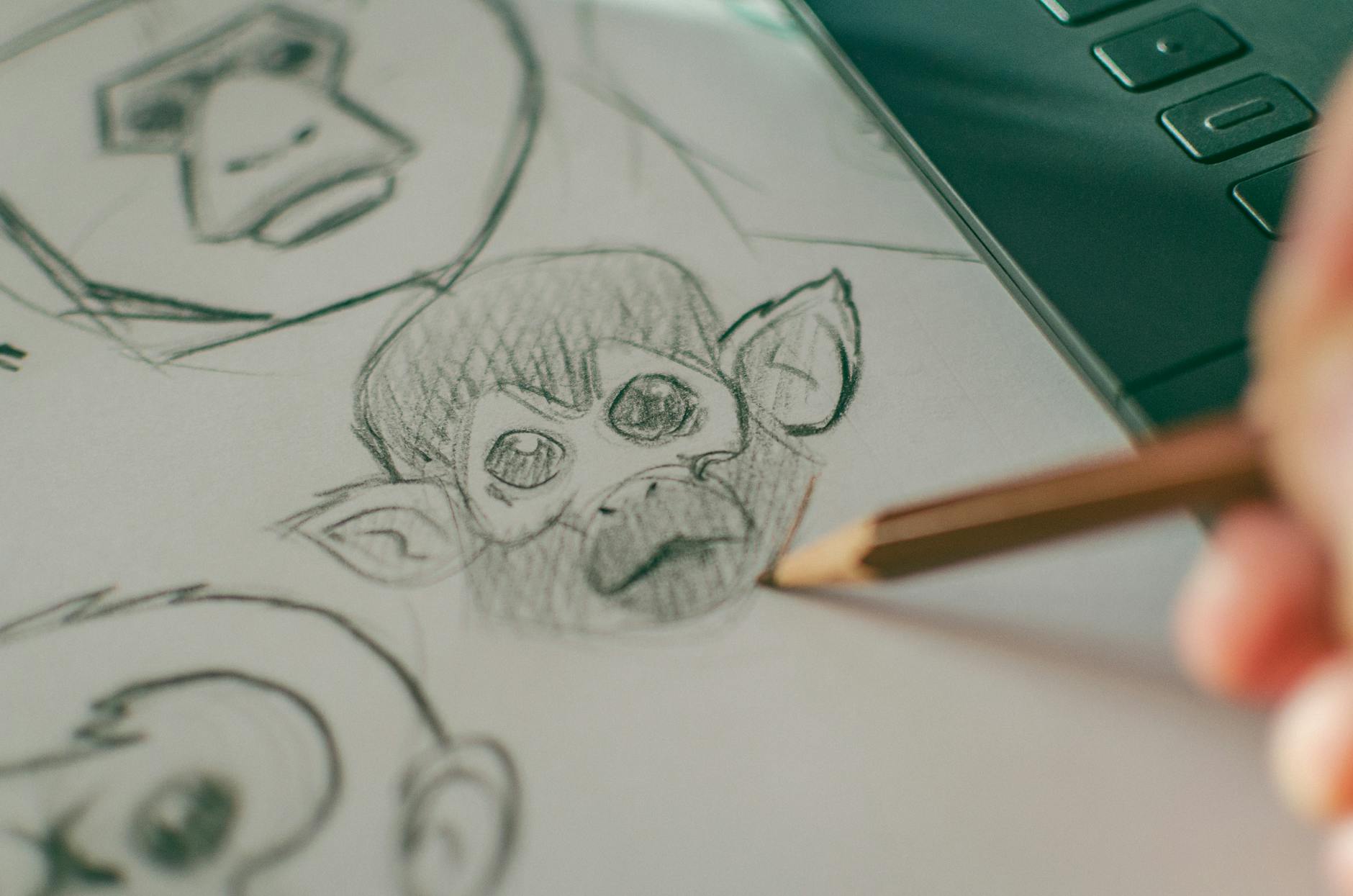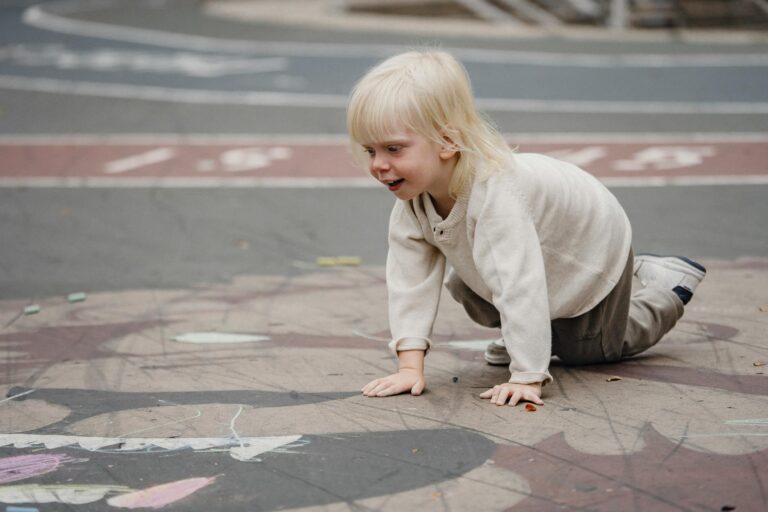Supreme Court Says No to Cartoonist in Modi-RSS Case—Here’s Why It Matters
Okay, let’s talk about this cartoon mess that’s got everyone fired up. You’ve probably seen the headlines—cartoonist Hemant Malviya’s in hot water over a sketch of PM Modi and RSS bigwigs, and the Supreme Court just shut down his plea for protection. But here’s the thing: this isn’t just about one drawing. It’s about where we draw the line between cracking a joke and crossing a line. And honestly? That line’s getting blurrier by the day.
So What Exactly Happened?
The cartoon—which went viral faster than a WhatsApp forward—showed Modi and RSS folks in a, let’s say, “unflattering” light. Some people laughed. Others lost their minds. Next thing you know, there’s an FIR, cops at the door, and Malviya’s lawyers sprinting to the Supreme Court. But the judges weren’t having it. Their take? “Freedom of expression isn’t a free pass to stir the pot.” Ouch.
Now, I’m no legal expert, but here’s how it breaks down: Article 19 gives us free speech, sure. But it’s got this sneaky little clause—”reasonable restrictions.” And what’s “reasonable” depends entirely on who you ask. Police commissioner? Probably not the same answer as a college kid with a meme page.
Why This Feels Familiar
Remember Kunal Kamra getting trolled into next week for his Netflix special? Or Munawar Faruqui spending weeks in jail because someone might find his jokes offensive? This is that same fight, just with doodles instead of punchlines. And it keeps happening because nobody can agree on the rules. Is satire supposed to comfort the disturbed or disturb the comfortable? Depends which side of the Twitter war you’re on.
Here’s the messy part—our courts keep swinging between “let artists breathe” and “lock ’em up.” This time? They leaned hard toward door number two. The bench basically said what your conservative uncle mutters during family dinners: “These creative types have gone too far.”
The Global Perspective (Or Lack Thereof)
Meanwhile, in America, you could probably draw Modi riding a rocket powered by RSS khaki shorts and call it art. Their First Amendment doesn’t do “reasonable restrictions.” But hop over to Germany? Jail time for Nazi jokes. India’s stuck somewhere in the middle—trying to please everyone and pissing off both sides in the process.
And before you say “but Western standards don’t apply here,” think about this: When a Danish cartoonist drew Prophet Muhammad, the world lost its mind. But when an Indian cartoonist sketches Modi, half the country cheers while the other half files FIRs. Double standards much?
What Happens Now?
Malviya’s options are running thin. Unless a higher court steps in, he’s looking at a long legal battle—the kind that drains your savings and sanity. But here’s what keeps me up at night: Chilling effect. When artists start second-guessing every line they draw or joke they crack, we all lose. Democracy isn’t just about voting every five years—it’s about breathing room for uncomfortable truths.
On the flip side, can we really let anything fly in the name of art? I once saw a political cartoon so vicious it made my blood boil. But that’s the point, isn’t it? Good satire should make someone uncomfortable. The trick is figuring out when it stops being commentary and starts being a Molotov cocktail.
The Bigger Picture
At the end of the day, this case isn’t about Malviya or Modi. It’s about power—who gets to speak, who gets silenced, and who decides. The courts are clearly tired of playing referee in these culture wars. Can’t blame them. But passing the buck won’t solve anything.
Maybe what we need isn’t more laws, but thicker skins. Or maybe that’s naive. All I know is this: When a country starts arresting its satirists, the jokes write themselves. And none of them are funny.
Source: News18 Hindi – Nation










